Introduction During the construction of an advanced industrial automation and control system, it is important to ensure operational safety, high efficiency, and rapid failure diagnosis. Yokogawa ST4D AS S9191AQ-0 Multi-modal number import card is large scale distributed control system (DCS) design, can provide multi-way number import ability.The ability. At the same time, it is possible to collect the signal from multiple routes, and the accuracy of the control in the industrial process. Due to the large electricity separation, active import arrangement and Yokogawa automated flatbed, seamless integration, ST4D import card construction is highly efficient, and the integrated basic structure. ST4*D multi-modal import card technical features and specifications ST4*D AS S9191AQ-0 import card provides multi-path numeric import path, accessible self-opening, contactor and electrical equipment output, etc., various situation signals for installation. Each passage has a uniform electric current separation, an effective escape area, and the ability to resist noise from drying up. Card support TTL electrical input and contact input signal, combined with multiple types of display. You can use Yokogawa automation machine to simulate the installation, support heating operation, maintenance or replacement, and timeless demand stoppage. When importing cards, the speed of delivery is fast, the security status is updated, the delay is limited, and the demand for security is high. It has a fixed design code that matches industrial temperature, humidity and vibration standards, and guarantees that the factory is under construction. Workplace view and movement performance Multi-purpose imports can be used for petrochemicals, electricity, manufacturing, water processing, etc., and precise conditions can be controlled in small areas. The DCS can be used to transport multiple routes, to disperse transportation, and to provide operators with full control of the operating conditions at the same time, to facilitate rapid fault location, and to provide protection and safety measures. Card functions include various types of import signal types, support sudden stop circuits, gate positions, electric starters and alarm contacts, etc., reduction and reduction external contact hardware requirements, simplifying control system construction, and lowering and lowering installation specifications. ST4*D card provides high number installation certainty and signal integrity, direct reduction of calculation outside the machine, and factory production efficiency. Complete integration and capacity of the automated system in Yokogawa Yokogawa design ST4*D AS S9191AQ-0 can be imported into CENTUM VP distributed control system and FAST/TOOLS SCADA platform. The card can be directly inserted into the Yokogawa machine, and the transfer control system has high efficiency and the number of transfers is high. You can use Yokogawa to provide standardization tools, simplification system co...
Read More
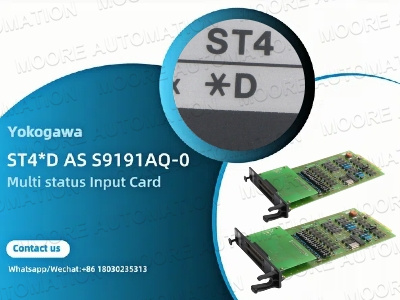
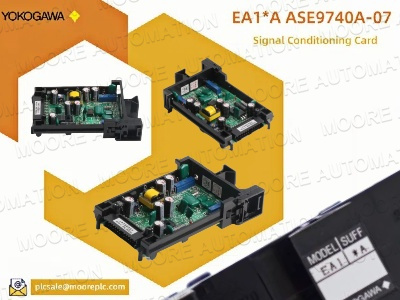
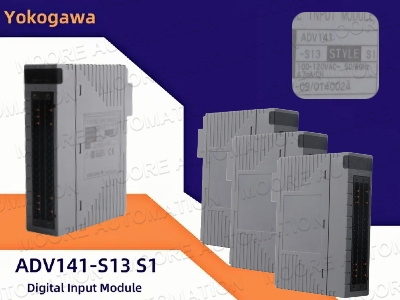
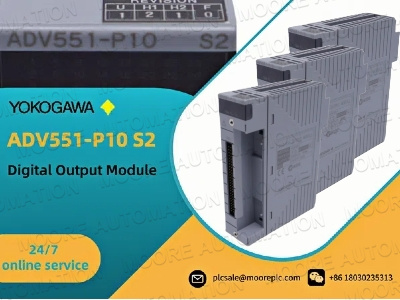
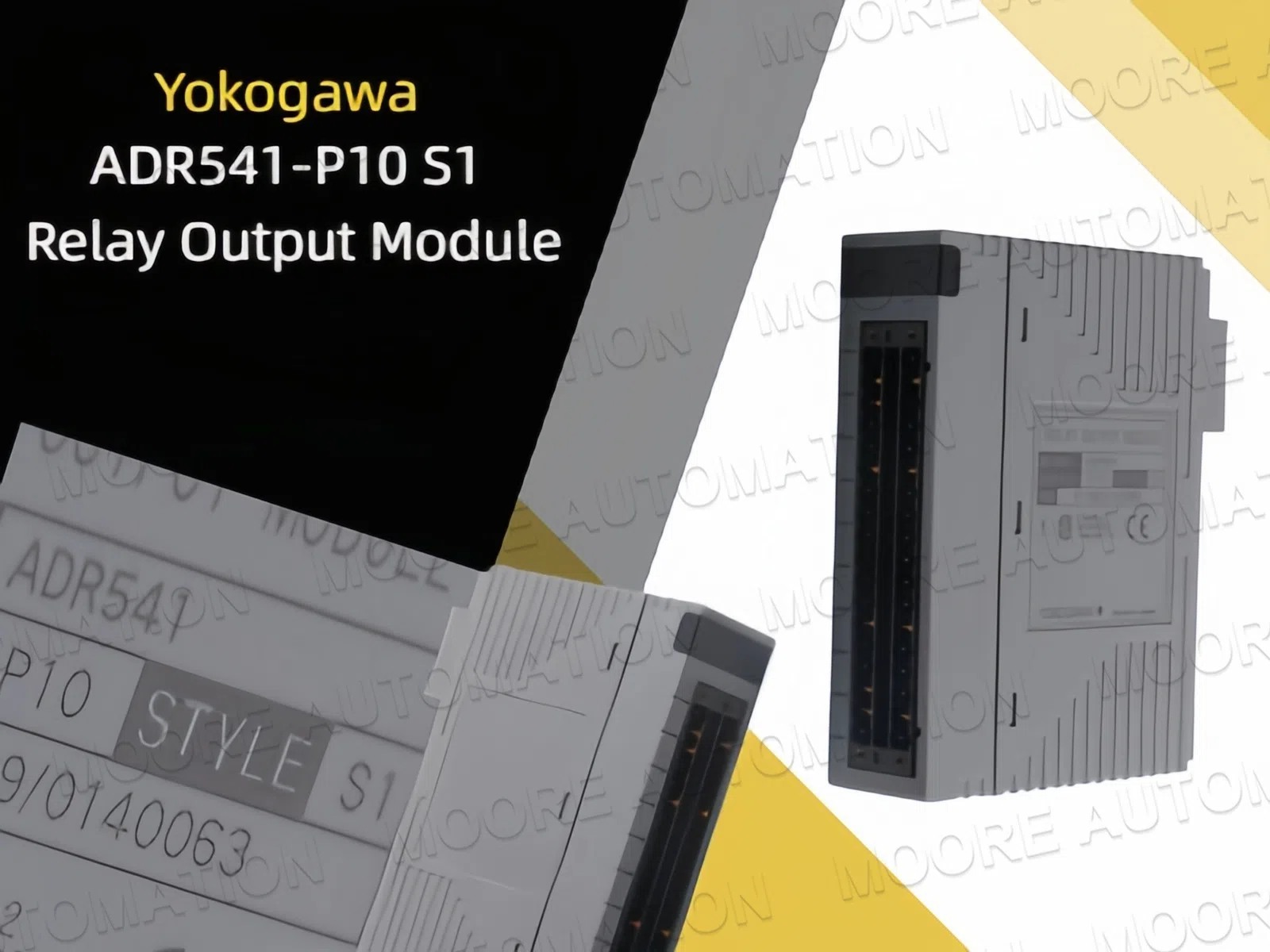
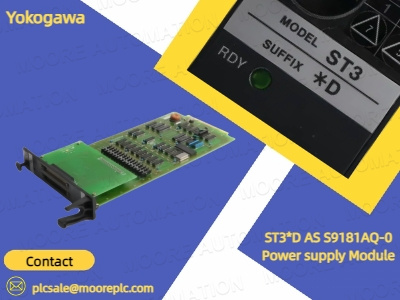
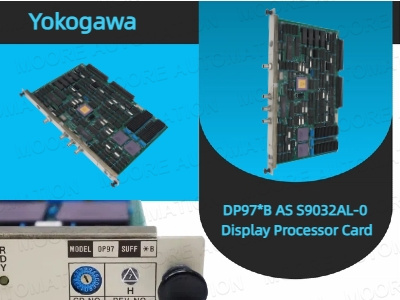
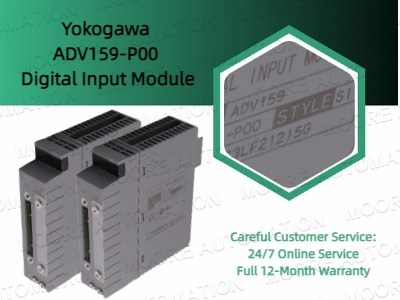
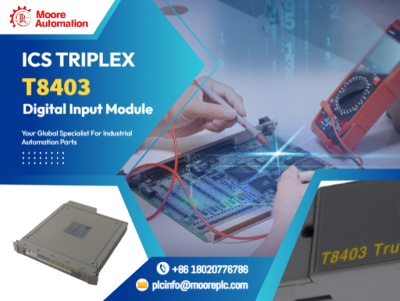

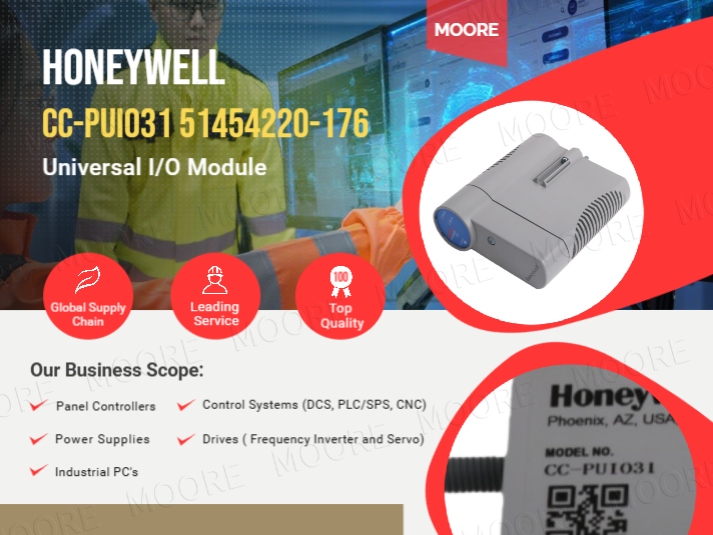
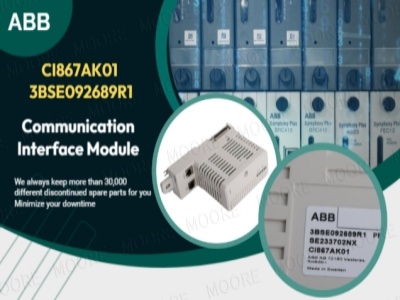












 IPv6 network supported
IPv6 network supported